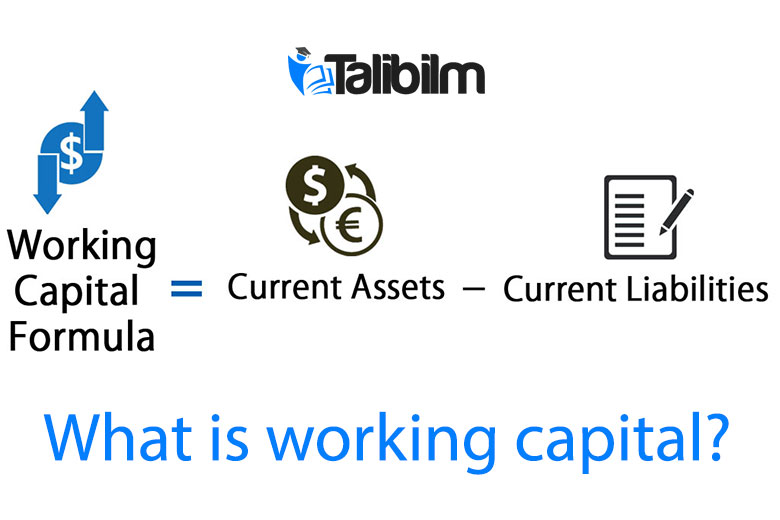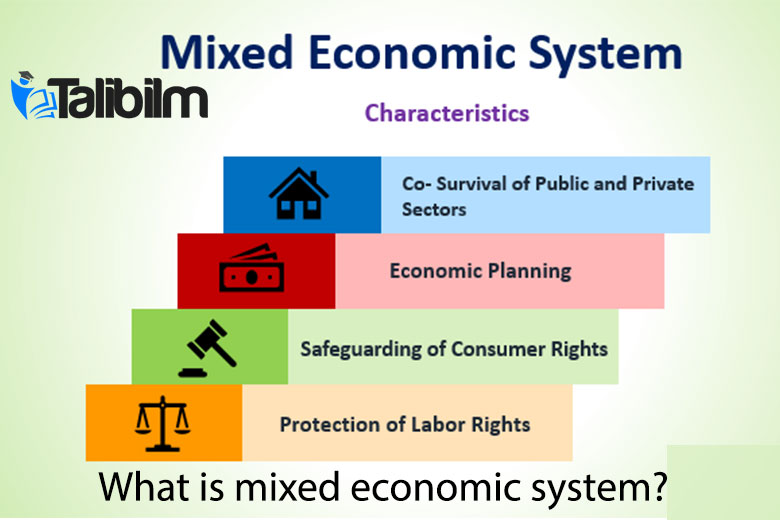How can you define What is working capital of a business? How can you evaluate the working capital to take productive business decisions? There is one term in the business world that must be understood, namely working capital. You who want to open your own business or work in the company’s finance department must understand what working capital is. Working capital, also referred to as net working capital, will be the difference between the business’s current assets as well as current financial obligations.
So, Business assets- Business liabilities= Working capital
Which are a company’s assets?
It contains company assets for instance cash, money stored in banking accounts, other assets that may be cashed rapidly, as well as potential income (bills that have not been paid by consumers). Even though current financial obligations are the volume of debt kept and ought to be paid within the duration of the entire year.
In everyday language, working capital can be explained as the money accessible to finance the business’s daily functional finances.
Why do we need Working Capital in Companies?
As funds or cash is used for organization procedures, the existence of working capital is certainly very important. Working capital can be an appropriate indication of the financial health of a company. The greater the difference between assets belonging to short-term debt, the healthier the financial condition of the organization could be.
If the amount of debt exceeds the assets owned and creates a negative value for working capital, then the business is near bankruptcy.
How to Estimate Working Capital?
Before determining a company’s working capital, the financial analyst first lists the assets owned by the organization including the amount of money owned (either cash or in a bank account), pending bills, company inventory, and other resources that can be liquidated in less than 1 year. These assets should be available within the next 12 months.
After that, gather data on the company’s liabilities. Included in liabilities are debt bills, employee earnings, tax bills, and long-term debt installments that must definitely be repaid. All debts must be due within the next 12 months.
Calculate the total number of assets (current assets) and liabilities (current liabilities) owned, then calculate the company’s working capital with an easy formula as below:
Working Capital = Current Assets – Current LiabilitiesThe simplest example, such as, a firm’s assets are Rs. 2 million with a total debt of 1 million. Then the firm’s working capital is Rs. 1 million. Although the amount is still below the debt they have, the figure shows positive working capital, meaning the organization should be able to pay off its debt.
Risky position for a company?
If the margin between working capital and liabilities is very thin or even smaller, then the company can easily not be able to pay its financial debt in the near future.
A deeper analysis of working capital is required to discover more about a company’s financial condition. Other techniques that can be utilized in the analysis consist of receivables ratio, inventory-turnover ratio, current ratio, quick ratio, and days payable.
Make use of Negative Working Capital
When the amount of working capital is negative, the company is assumed to be bankrupt because of the greater amount of debt. But with the right strategy, this condition can benefit the company.
As Dell, a US computer company, did in its heyday in 2004. With a debt that was greater than its assets, Dell was able to assemble their own computers and sell them directly to consumers in a short time, more than one month before debt that company owed.
This strategy is very clever because Dell is able to make sales and pay off all of its debt without reducing the assets they have.










